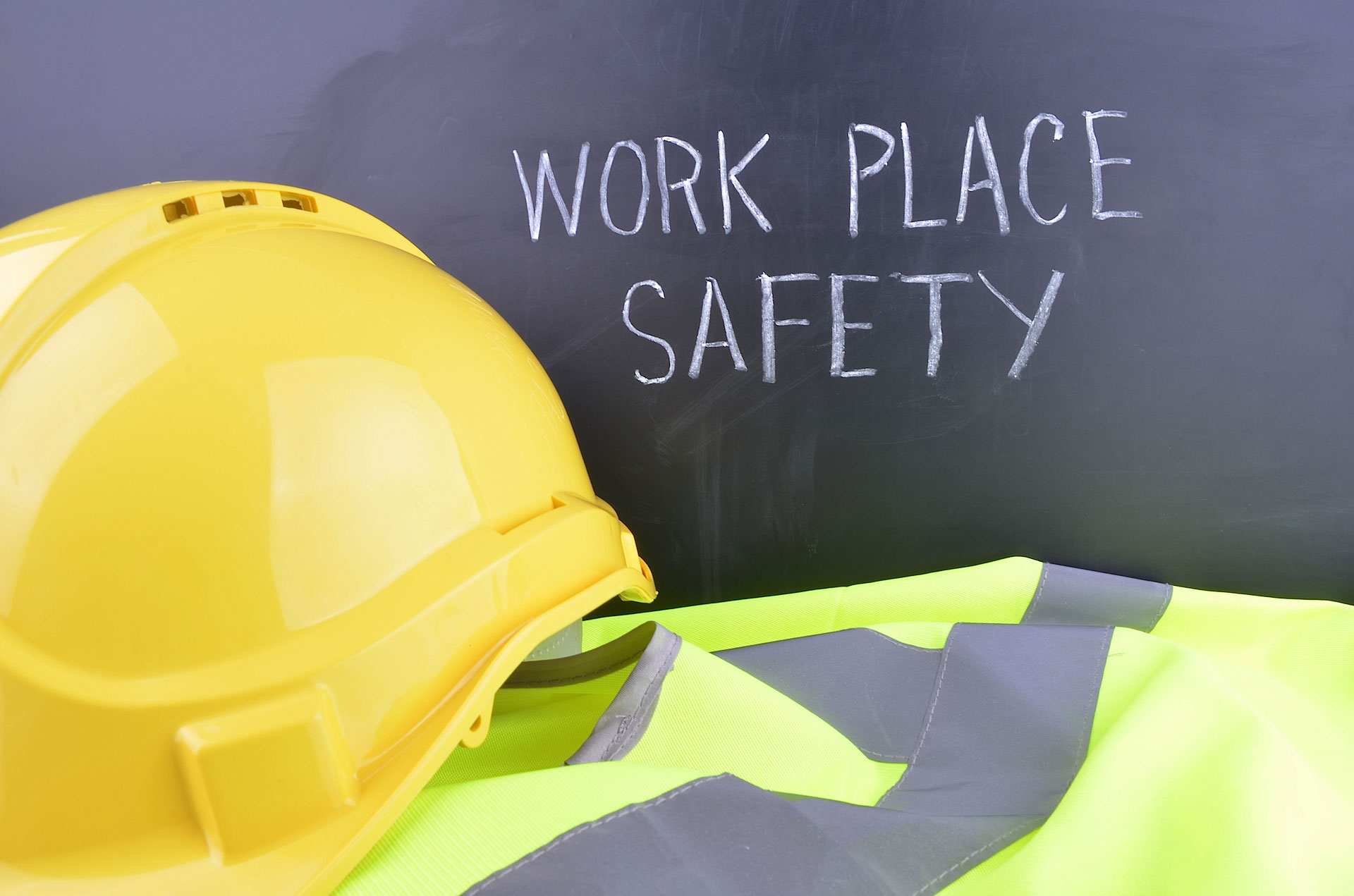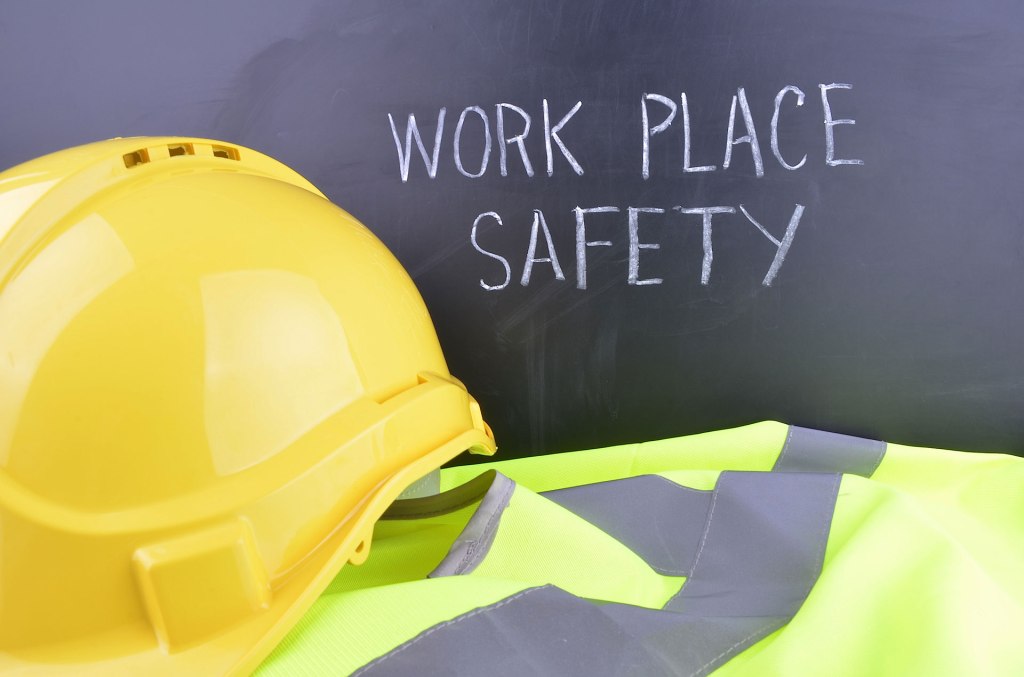Workplace safety is a critical aspect of any business operation, as it not only safeguards the well-being of employees but also contributes to operational efficiency and productivity. In this blog post, we will explore the pivotal role of innovative safety rails in maximizing workplace safety. By understanding the significance of workplace safety needs, the role of safety rails in enhancing safety, factors to consider when choosing safety rails, and the implementation process, businesses can proactively create a safer work environment for their employees.
Section 1: Understanding Workplace Safety Needs
Prioritizing workplace safety is not just a legal requirement, but it is also a moral obligation for employers. Workplace accidents can have devastating consequences, leading to injuries, loss of productivity, and financial implications for the business. According to the Bureau of Labor Statistics, there were approximately 2.8 million nonfatal workplace injuries and illnesses reported by private industry employers in 2019. These statistics underscore the importance of addressing workplace safety needs.
Common workplace hazards such as falls, slips, and trips, as well as exposure to harmful substances, machinery accidents, and ergonomic issues, can pose significant risks to employees. Understanding these potential risks is crucial in formulating an effective safety strategy. By acknowledging the impact of workplace accidents through statistics or case studies, employers can recognize the urgency of implementing robust safety measures.
Section 2: The Role of Safety Rails in Enhancing Workplace Safety
Safety rails, also known as guardrails, play a pivotal role in creating a secure work environment. These physical barriers are designed to prevent falls from elevated surfaces, provide guidance and support, and delineate safe pathways within a workplace. In professional settings, safety rails are utilized in various forms, including rooftop guardrails, industrial handrails, and mezzanine safety gates, tailored to the specific requirements of different industries.
Innovative safety rails integrate advanced technologies and design features to address the evolving safety needs of modern workplaces. From durable materials to customizable configurations, these safety rails are engineered to offer optimal protection without compromising functionality. Industries such as construction, manufacturing, warehousing, and logistics benefit significantly from the implementation of innovative safety rails, as they mitigate the inherent risks associated with these work environments.

Section 3: Factors to Consider When Choosing Safety Rails
Selecting the appropriate safety rails for a workplace involves careful consideration of several factors. Beyond the primary function of providing safety, these considerations encompass compliance with industry standards and regulations, customization options, and the compatibility of safety rails with the existing infrastructure. Adhering to industry-specific regulations ensures that safety rails meet the necessary safety standards and contribute to a legally compliant work environment.
Furthermore, the ability to customize safety rails to suit the unique requirements of a workplace is essential. Whether it involves adapting the dimensions, materials, or additional safety features, customization ensures that safety rails align with the operational dynamics of the business. This tailored approach enhances the efficacy of safety rails in addressing specific workplace hazards and safety protocols.
Section 4: Implementing Innovative Safety Rails in Your Workplace
Integrating innovative safety rails into a workplace involves a systematic approach encompassing installation, employee training, and maintenance protocols. The process begins with a thorough assessment of the workplace layout and identifying high-risk areas that require safety rails. Subsequently, the installation of safety rails should be carried out by qualified professionals to guarantee structural integrity and optimal performance.
Employee training and education on utilizing safety rails effectively are integral to the successful implementation of safety measures. This includes orientation on the purpose and proper usage of safety rails, as well as protocols for reporting any safety concerns or maintenance requirements. Routine maintenance and inspection of safety rails are essential to ensure their long-term functionality and adherence to safety standards.
Conclusion
In conclusion, workplace safety is a fundamental aspect of organizational responsibility, and the integration of innovative safety rails is a proactive step towards achieving this objective. By recognizing the significance of workplace safety needs, understanding the role of safety rails in enhancing safety, considering key factors in their selection, and implementing them effectively, businesses can foster a secure and productive work environment. It is imperative for employers to prioritize workplace safety and invest in innovative safety solutions to safeguard the well-being of their employees and promote operational excellence.
Source By – http://tinyurl.com/mr4d9k25
